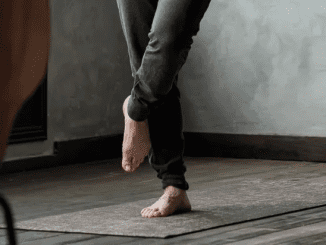Background, Usage, and Legacy of Classic Mechanical Rope Twisters
History
Mechanical rope twisters, or rope-earning equipment, day back again to historical times when long lasting ropes ended up vital for sailing, building, and agriculture. Early rope creating was manual and labor-intensive, involving hand-twisting fibers. The invention of mechanical rope twisters revolutionized this method.
These equipment initially appeared throughout the Industrial Revolution in the 18th century. At first powered by hand or foot, and afterwards by steam engines, they drastically boosted efficiency and consistency in rope building. The desire for ropes in maritime and industrial applications drove their improvement. Innovators like Charles Spencer and John Boyd Dunlop created crucial enhancements in the 19th century.
Use
Mechanical rope twisters twist person strands of fiber—such as hemp, cotton, or sisal—into a cohesive rope. The standard mechanism uses various spools of fiber fed into the device. Rotating hooks or gears twist the fibers alongside one another, producing a rope with uniform stress and energy.
The course of action starts by making ready the fibers, combing and aligning them. These fibers then feed into the twisting device, which can produce ropes of several thicknesses and lengths based on the machine’s options. The twisted rope winds on to big spools or will get slash into distinct lengths for use.
These devices ended up important in various industries:
- Maritime Industry: Giving ropes for sailing ships, fishing, and docking.
- Construction: Supplying ropes for lifting, rigging, and securing elements.
- Agriculture: Manufacturing ropes for binding and tethering.
- Armed forces: Creating ropes for naval vessels and navy engineering.
Legacy
Classic mechanical rope twisters have left a long lasting effects on technological know-how and industry. They enabled mass production and established requirements for rope strength and durability that continue being applicable these days.
In the modern-day period, synthetic fibers and innovative equipment have mainly changed regular procedures, but classic mechanical rope twisters are nonetheless cherished for their historical significance and engineering ingenuity. Collectors and museums preserve these devices as practical reveals, showcasing the evolution of industrial technologies.
The concepts of mechanical rope twisting continue to impact modern producing processes. The consistency and efficiency of these classic devices established benchmarks that modern day equipment aims to emulate.
Furthermore, classic mechanical rope twisters inspire a area of interest neighborhood of artisans and hobbyists devoted to standard rope generating. These fans retain the craft alive, usually applying restored vintage machines to produce ropes for historic reenactments, crafts, and bespoke programs.
In conclusion, the heritage of mechanical rope twisters highlights human ingenuity in addressing sensible demands through mechanical innovation. Their use across several industries underscores their significance in acquiring modern-day industrial techniques. The legacy of these devices endures, celebrated by historians and present day craftsmen who identify their pivotal role in advancing rope creating.


